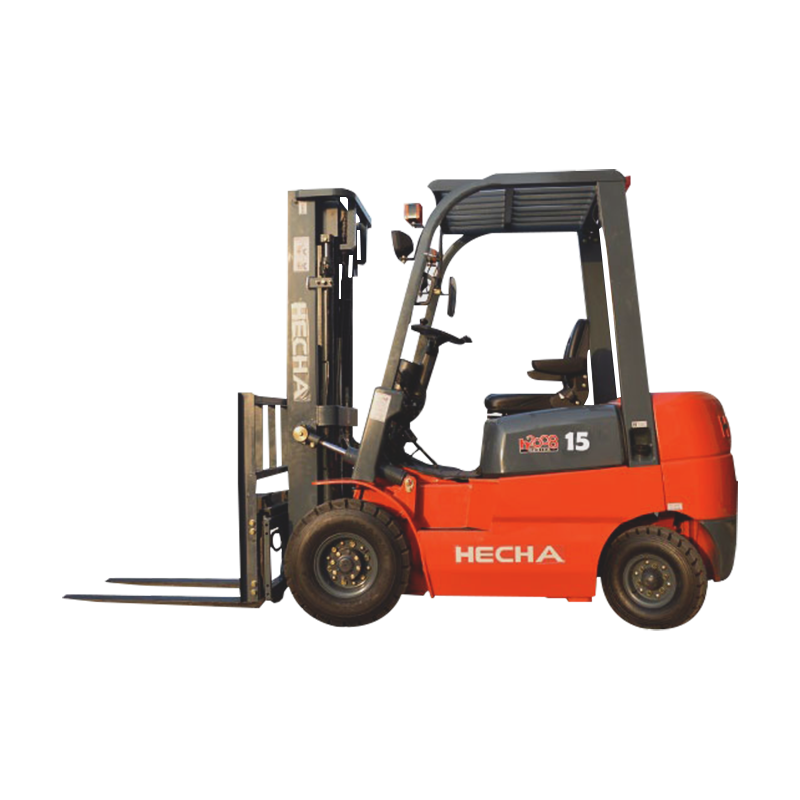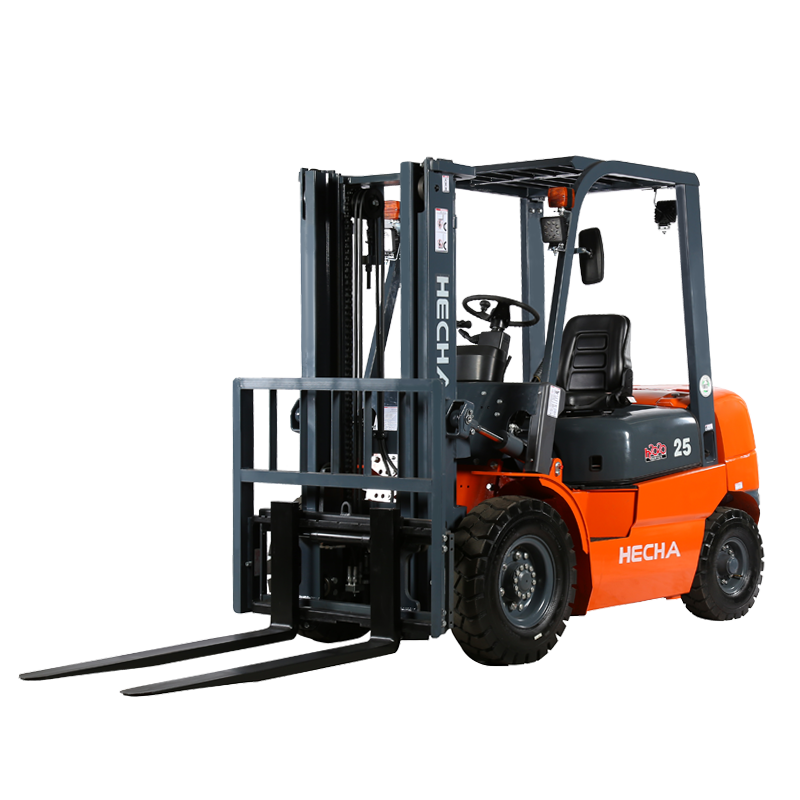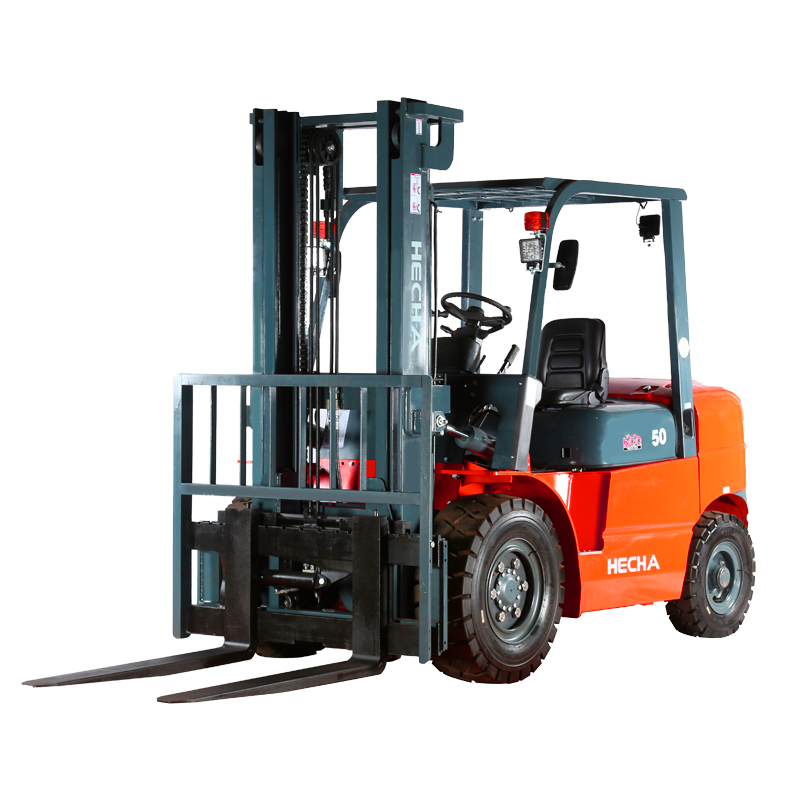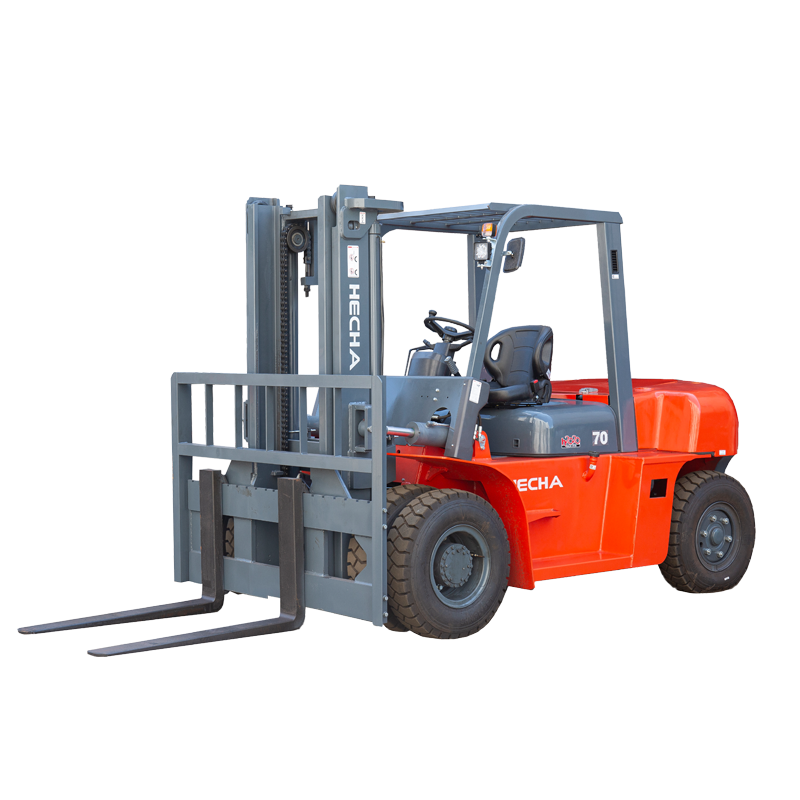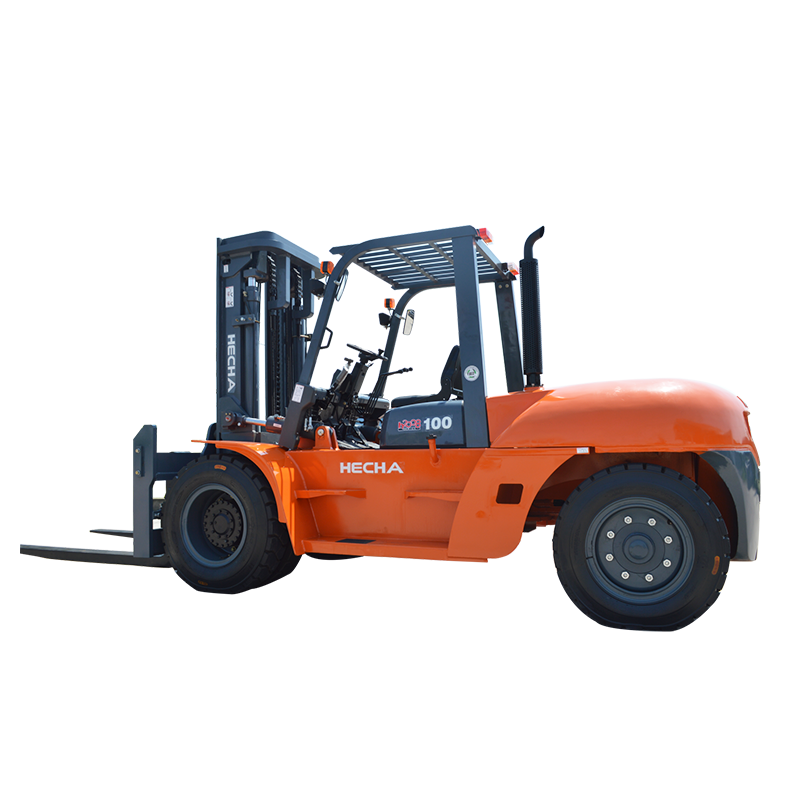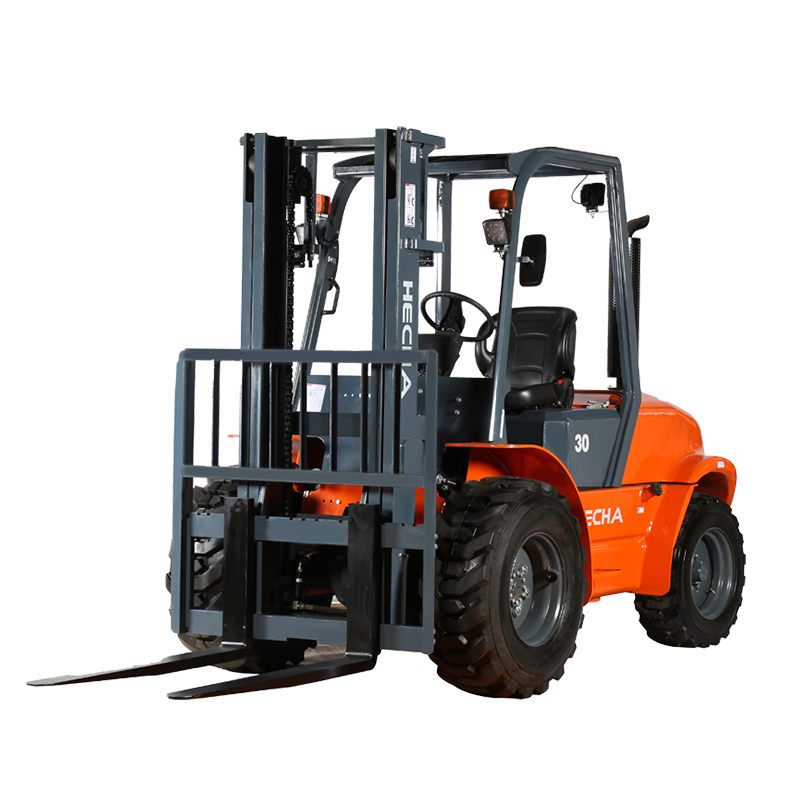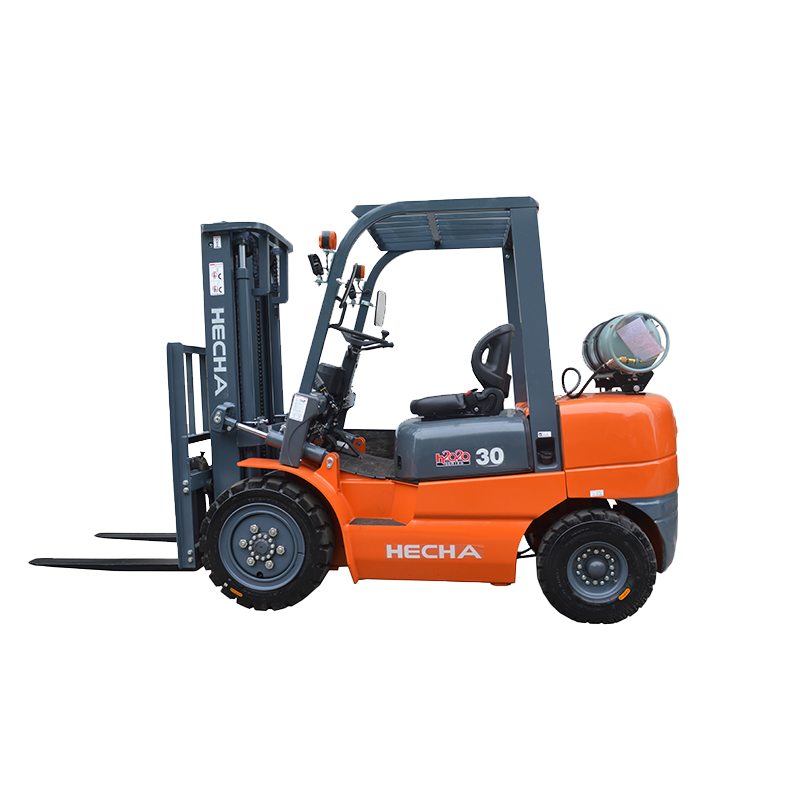Maintaining an electric pallet truck is essential to ensure its longevity, efficiency, and safe operation. Proper maintenance reduces downtime, prevents costly repairs, and maximizes productivity in material handling operations.
Understanding the importance of maintenance
An electric pallet truck is a crucial piece of equipment in warehouses, distribution centers, and manufacturing facilities. Unlike manual pallet jacks, these powered units rely on electrical components, hydraulics, and mechanical systems that require regular attention. Neglecting maintenance can lead to reduced efficiency, safety hazards, and premature failure of critical parts. A well-maintained truck ensures smooth operation, extends its lifespan, and minimizes operational disruptions.
Daily maintenance checks
Before each shift, operators should perform a basic inspection of the electric pallet truck. These checks help identify potential issues before they escalate. Key daily maintenance tasks include:
- Inspecting the forks for cracks, bends, or excessive wear. Damaged forks can compromise load stability.
- Checking hydraulic hoses and fittings for leaks, as fluid loss affects lifting performance.
- Examining the wheels and tires for wear, debris, or damage that could impair movement.
- Testing the brakes to ensure they engage and release smoothly.
- Verifying control functions, including lift/lower mechanisms and horn operation.
A quick visual and operational check can prevent minor issues from turning into major failures.
Battery care and charging practices
The battery is the heart of an electric pallet truck, and improper handling can significantly shorten its lifespan. Follow these best practices for battery maintenance:
- Charge the battery correctly – Avoid partial charges; instead, allow the battery to discharge fully before recharging to prevent memory effect in older battery types.
- Use the right charger – Always use the manufacturer-recommended charger to avoid overcharging or undercharging.
- Keep terminals clean – Corrosion on battery terminals can reduce efficiency. Clean them regularly with a baking soda solution and a wire brush.
- Monitor water levels (for lead-acid batteries) – Top up with distilled water as needed, but avoid overfilling.
- Store batteries properly – If the truck is not in use for extended periods, store the battery in a cool, dry place and maintain a partial charge.
A well-maintained battery ensures consistent power delivery and reduces the risk of unexpected downtime.
Lubrication and mechanical upkeep
Moving parts in an electric pallet truck require regular lubrication to minimize friction and wear. Key lubrication points include:
- Steering mechanism – Ensures smooth turning and reduces strain on components.
- Fork lift chains – Proper lubrication prevents rust and ensures smooth lifting.
- Wheel bearings – Reduces rolling resistance and prolongs wheel life.
Use only manufacturer-approved lubricants and follow the recommended intervals to avoid over-greasing, which can attract dirt and cause damage.
Periodic professional inspections
While daily checks are essential, a professional inspection should be conducted at regular intervals (e.g., every 500 hours of operation or as per the manufacturer’s guidelines). A thorough inspection should cover:
| Component | Inspection Focus |
|---|---|
| Electrical system | Wiring integrity, connector corrosion, and switch functionality. |
| Hydraulic system | Fluid levels, pump performance, and hose condition. |
| Structural parts | Frame integrity, fork alignment, and weld points. |
| Safety features | Emergency stop, warning alarms, and load sensors. |
Professional servicing ensures that hidden issues are addressed before they lead to breakdowns.
Operator training and best practices
Even with proper maintenance, an electric pallet truck’s performance depends on how it is operated. Training operators on correct usage can prevent unnecessary wear and tear. Key best practices include:
- Avoid overloading – Exceeding the rated capacity strains the motor and hydraulics.
- Smooth acceleration and braking – Jerky movements increase mechanical stress.
- Proper load distribution – Uneven loads can damage forks and affect stability.
Long-term storage considerations
If an electric pallet truck will be unused for an extended period, proper storage is crucial. Follow these steps:
- Fully charge the battery before storage and recharge it periodically (every 2-3 months).
- Store in a dry, temperature-controlled environment to prevent moisture damage.
- Elevate the forks to relieve pressure on the hydraulic system.
- Cover the truck to protect it from dust and debris.
Maintaining an electric pallet truck requires a combination of daily checks, proper battery care, lubrication, professional inspections, and operator training. By following these guidelines, businesses can ensure optimal performance, reduce repair costs, and extend the equipment’s lifespan. A well-maintained truck not only improves efficiency but also enhances workplace safety, making it a worthwhile investment in any material handling operation.

 English
English 中文简体
中文简体 русский
русский Français
Français Español
Español

